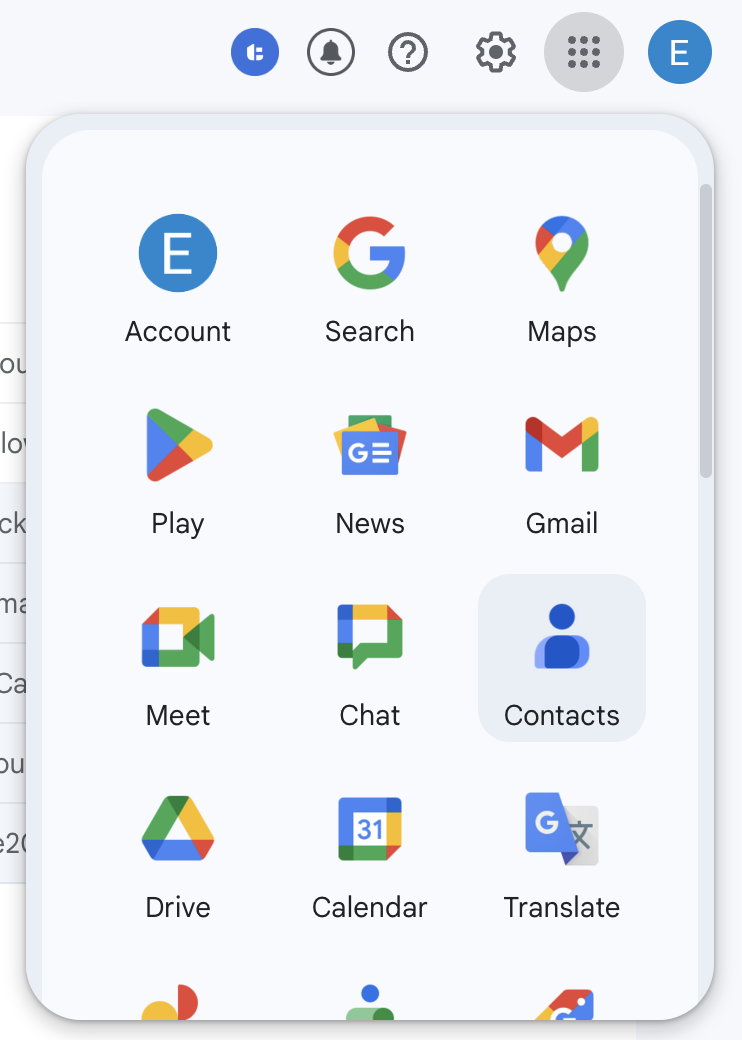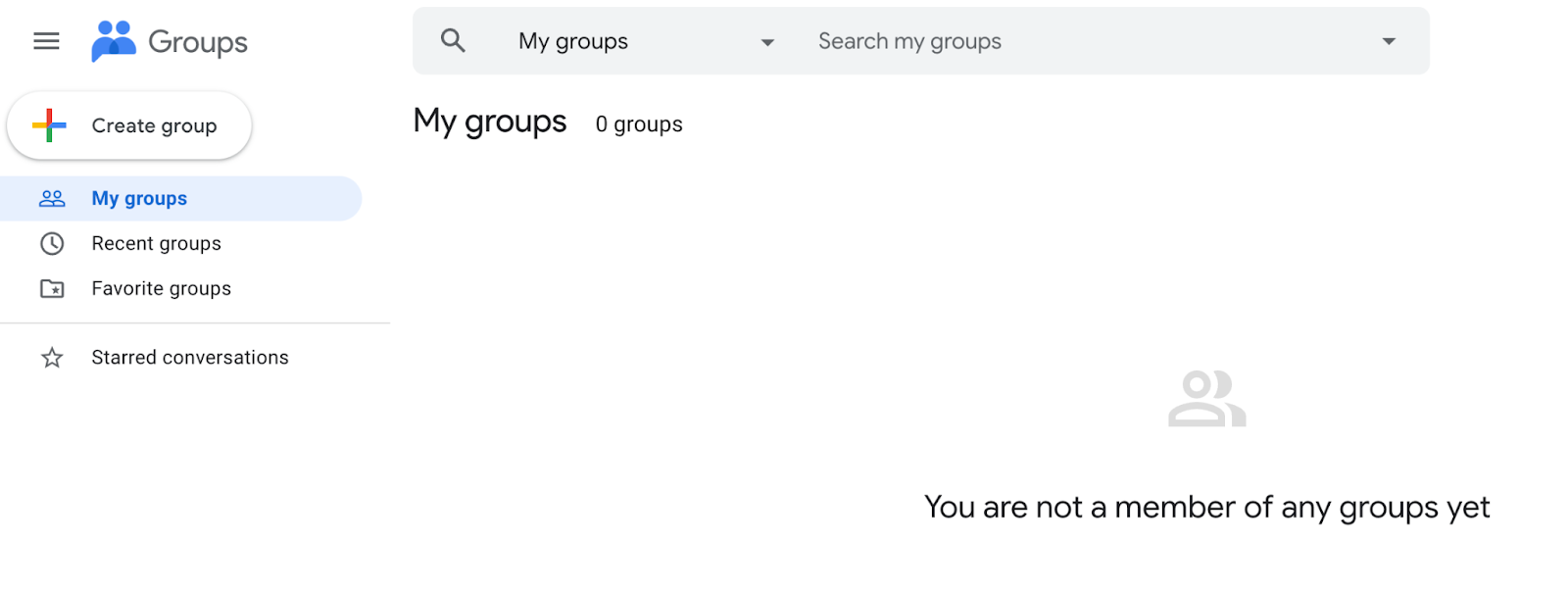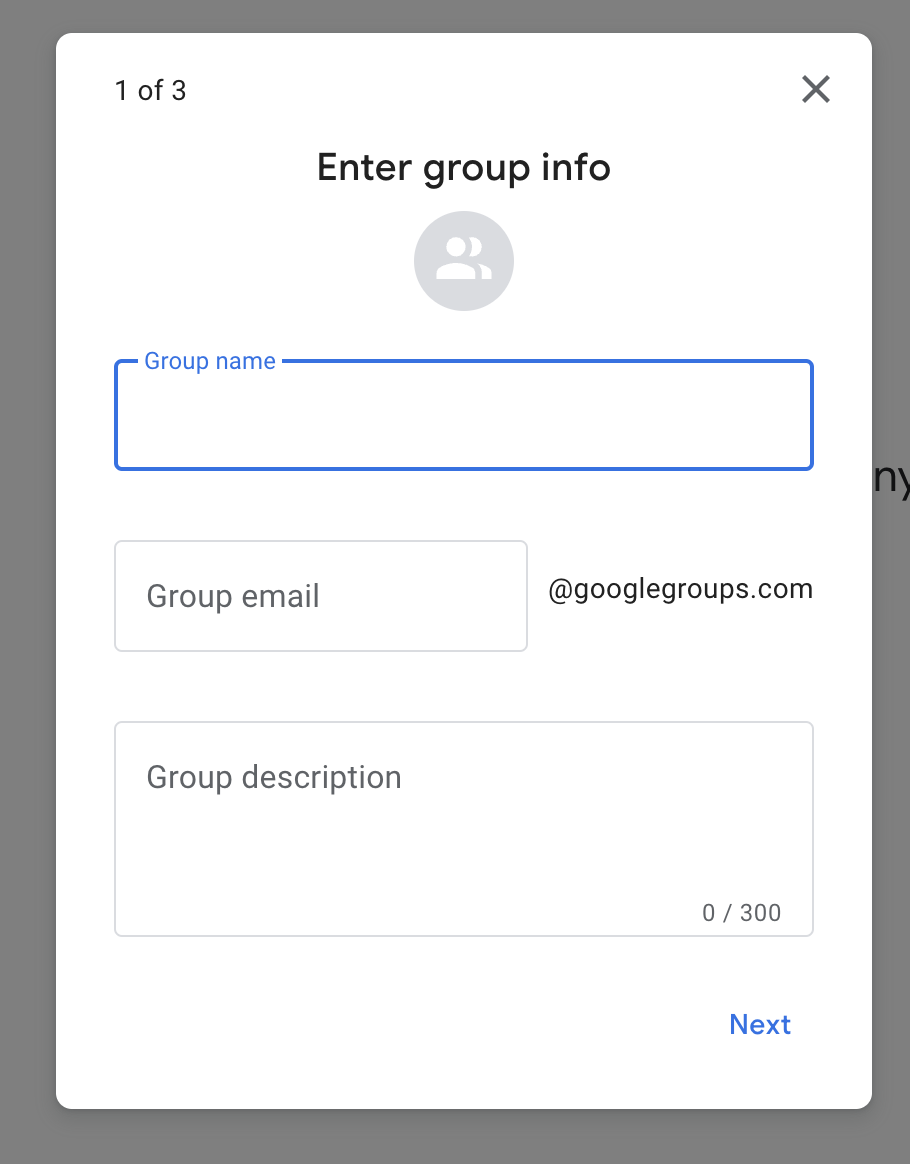Creating group emails in Gmail makes it easier to stay connected and organized, whether for personal use, work, or projects. By using Google Contacts or Google Groups, you can quickly send emails to many people at once.
Here's a quick overview of what we'll cover: the benefits of Gmail groups, how to create email groups using two methods, the limitations of Gmail groups, what are the alternatives and more.
Benefits of Creating Gmail Groups
Creating Gmail groups, also called “contact groups” or “email groups,” is very helpful for different reasons:
Better communication. Gmail groups make it easier to send updates, announcements, or newsletters to specific people, like family members, colleagues, or a project team.
Email management. You can create Gmail filters to automatically organize emails related to a specific group, which helps you manage your emails and keep your inbox tidy.
Save time. Instead of typing each email address manually every time you send an email, you can simply type the name of the group. This is especially useful if you regularly communicate with the same people.
Collaborative projects. Having a designated group helps everyone feel involved in a project. It provides a space for sharing ideas and ensures no one is left out.
Tailored information. You can send different emails to each group based on their specific interests and needs, ensuring each recipient gets the right information.
How to Create an Email Group in Gmail: 2 Methods
Learn how to create an email group in Gmail using two methods: via Google Contacts and Google Groups. These approaches will help you manage and send emails to multiple recipients at once.
With Google Contacts
Here are the steps for the first method.
- Access Google Contacts: First, ensure you are logged into your Gmail account. Once logged in, click on the grid icon in the upper-right corner of the Gmail interface and select "Contacts" from the menu. You can also directly access Google Contacts by visiting Google Contacts.

- Choose Your Contacts: In Google Contacts, select the individuals you wish to include in your email group. This can be done by clicking the checkbox next to each contact's name. If you need to add new contacts or import them from another source, you can do so at this stage.

- Create a Group Label: With your contacts selected, navigate to the top menu bar and click on the label icon. From the dropdown menu, choose "Create label.
- Name Your Group: A prompt will appear asking you to name your new group. Enter a suitable name for your email group. For instance, you might name it "Project Team" or "Family Contacts."

- Locate Your Group: After creating the group, you will find it listed under the labels section on the left sidebar of Google Contacts.
Using Google Contacts to form email groups is ideal for personal use or for small businesses that need to regularly email the same group of people. However, for more advanced features such as message archiving or threaded discussions, you might consider using Google Groups.
With Google Groups
Now is the second method via Google Groups:
- Access Google Groups: Start by navigating to the Google Groups website. Sign in with your Google account credentials to begin the setup process.

- Set Up Your Google Group: Click the "Create Group" button located at the top-left corner of the page. This action will open a form where you can specify the details of your new group.
- Group Name: Enter a name for your group. Choose a name that clearly represents the purpose or the members of the group.

- Group Email Address: Google will automatically generate an email address for your group, such as example@googlegroups.com. Ensure the email address is unique and not already in use. You also have the option to edit this address.
- Description: Provide a brief description of your group to help members understand its purpose. After filling in these details, click “Next.”
- Configure Privacy Settings: Adjust settings for who can search for the group, join it, view conversations, post messages, and see the member list. Customize these options to fit your preferences, then click “Next.”
- Invite Members: Now, you can invite members to join your newly created group. Enter their email addresses in the designated field. You also have the option to write a brief message to explain the group’s purpose and why you are inviting them to join. After adding the contacts and composing your message, click “Create Group” to finalize the setup.
Your Google Group is now ready. You can start sending emails to your group members, manage membership, share files, and use other group features. Your new group will appear in the left-hand panel of the Google Groups interface.
How to Send a Group Email in Gmail
Now that you have set up your group, it's time to send an email to all its members. Whether you created your email group using Google Contacts or Google Groups, the steps are quite similar. Here's how to send group emails in Gmail.
- Compose Your Email: First, log in to your Gmail account. Once you're logged in, click on the "Compose" button, usually located in the upper-left corner of the Gmail interface. This will open a new email draft where you can write your message.
- Address Your Email to the Group: After writing your email content and subject line, move to the “To” field at the top of the email draft. Begin typing the name of the group that you created earlier. Gmail will auto-suggest the group name as you type. Click on the group name when it appears to add it to the “To” field.
- Send Your Group Email: Once the group name is in the “To” field, you can add additional individual email addresses or CC and BCC recipients if needed. Review your email to ensure everything is correct, and then click the "Send" button to dispatch your email to all the members of the group.
What are the Gmail Group Limitations?
Creating Gmail groups is convenient for managing email lists, but there are some limitations you should be aware of:
Manual updates. You need to manually update the contacts in your groups. Editing contacts and their information can become complex as you navigate through different pages and settings.
Reply management. If you expect replies or plan to send follow-up emails, Gmail groups might not be ideal. Following up with everyone in a group can confuse recipients and create clutter. Gmail doesn’t support email sequences.
Limited personalization. While you can customize emails for specific groups, personalizing emails for individual contacts is not possible.
Best Alternative to Email Groups: Email Tracking Tool
If you want to send personalized group emails, consider using a tool like MailTracker. It lets you track when your emails are delivered and opened. It works by adding an invisible image to your emails, which records the time when the recipient opens the email.
MailTracker also helps you automate follow-up emails, ensuring you stay connected with your recipients without extra effort. Upgrade your MailTracker account for unlimited email tracking with one of our tailored plans:

Forever Free Plan: The free plan includes full tracking history, email alerts, and Chrome notifications for up to 20 emails tracked per month. Plus, no signatures are added to your emails.
Growth Plan: The Growth Plan is ideal for individuals at $24/user/month, designed for single users looking to enhance their email tracking capabilities.
Team Plan: The Team Plan is best for high-performing teams at $22/user/month, perfect for teams needing comprehensive email tracking, starting with 2 users and adjustable to fit your team size.
Enterprise Plan: The Enterprise Plan is suitable for larger teams with custom pricing, offering tailored solutions for teams of 10 users or more. You can contact our sales team for a personalized quote and additional features.
Choose the plan that best fits your needs and enjoy enhanced email tracking with MailTracker.
Improve Your Email Tracking with MailTracker
With our advanced Email Tracking extension, you’ll receive real-time notifications whenever your emails are opened.
MailTracker makes it easy to monitor the emails you send through Gmail, providing you with alerts and valuable insights. Try MailTracker today and stay informed about your email engagements.


